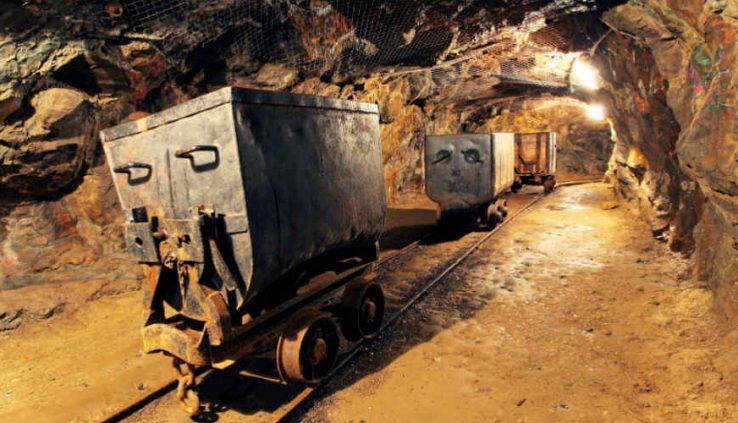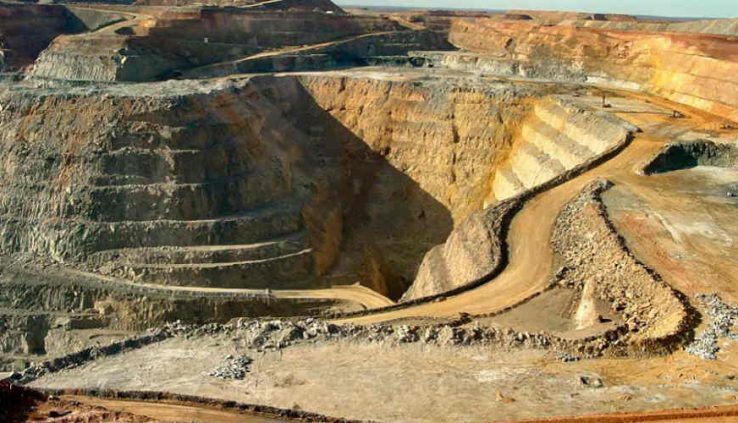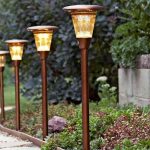How do you know you have arrived in life? Well one way to know for sure is to check whether you have a beautiful pool at your backyard and if you have one….well you know what to assume. Having a pool also means organizing great pool parties, so you do need to put a bit more effort in there and maintain that beauty to impress everyone around you.
Here are some great tips to decorate your swimming pool areas, which would turn all your parties to success and friends into envious rivals.
- Invest in a unique Theme inspired range– The theme could be anything that matches your style and personality. Quirky or elegant, keep a colour code and theme in mind and stick with it. It could be mythical Atlantis or crazy Disneyland inspired fountains, but the accessories and sets should match up to the same idea to make an impact. Inflatable mermaid water toys and inspired diving lofts and ladders add up to the style.
Why we mine for gold?
Since ancient Egyptian times, when gold was considered a divine metal and thought to be the flesh of the gods, the allure and magnetism of gold has translated through the ages. From the earliest days of royal and noble burials, it was the metal with which the Kings of Egypt surrounded themselves; it was the metal they placed within their tombs for use in the afterlife, it was imperishable, eternal and indestructible.
In 2008, GFMS Ltd estimated that the total gold supply was approximately 3,750 t. As gold is some 19.3 times heavier than water, this amount of gold would fill a box some 6 m wide by 6 m high by 6 m long.
Of the total gold supply in 2008, some 65% was from new mine production with the remainder sourced from recycling of gold ‘scrap’ and sales from central bank holdings.
Gold demand in 2008 was dominated by consumption in jewellery and fabrication (75%), with the remainder predominantly being investment demand.
Bendigo Mining’s Swan decline (underground tunnel) now stretches for a distance of some 6.5 km to a depth of about 850 metres beneath the City of Bendigo, tunnelling deep beneath the historic workings to access new untouched orebodies on the Deborah and Sheepshead lines of reef.
Mining
From the decline, diamond drilling is carried out using a diamond bit and Robotic Tools at typically 120 m intervals to establish the location and dimensions of the ore bodies. Geologists log and cut the diamond drill core samples and send them away for assay to determine the grade of gold on each section of the reef.
With the grade and shape of the reef established, mining engineers are then able to plan the ore shapes that will be mined (the stopes) and determine how the orebody will be accessed and mined. Extracting and removing the ore is achieved by drilling holes in the rock face, packing them with explosives (charging the face) and then blasting the rock.










